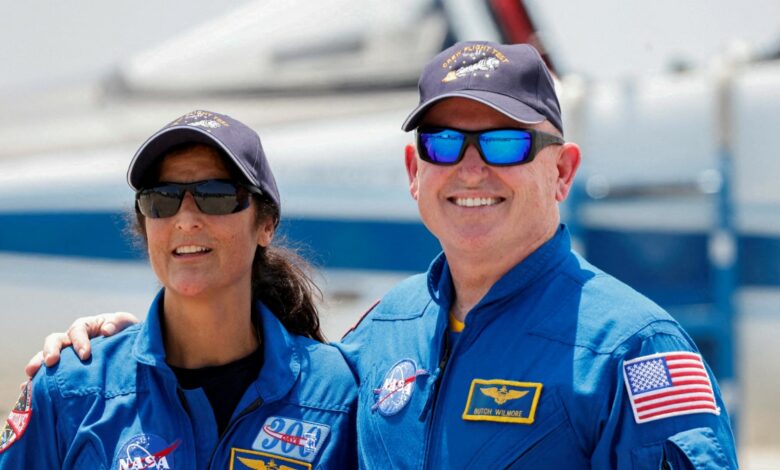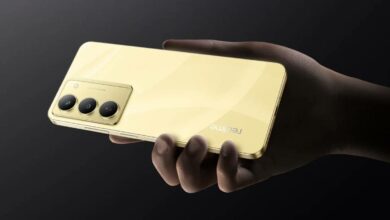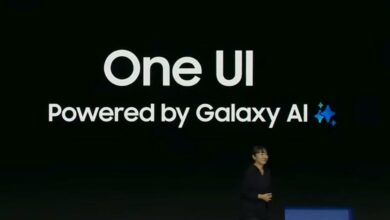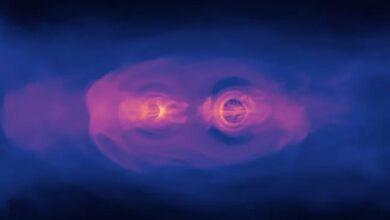SpaceX to return Boeing Starliner astronauts to Earth next year, NASA says

Two NASA astronauts who flew to the International Space Station in June aboard Boeing’s malfunctioning Starliner capsule will be scheduled to return to Earth early next year aboard a SpaceX vehicle, NASA officials said Saturday, saying problems with the Starliner’s propulsion system were too risky to bring the first crew home as planned.
Veteran NASA astronauts Butch Wilmore and Sunita Williams, both former military test pilots, were the first crew members to fly aboard the Starliner on June 5, when they launched to the ISS for what was expected to be an eight-day test mission.
But Starliner’s propulsion system suffered a series of failures in the first 24 hours of its flight to the ISS, leaving astronauts stranded on the space station for 79 days as Boeing worked to investigate the problems.
NASA officials told reporters at a news conference in Houston that Wilmore and Williams, both former military test pilots, are safe and prepared to stay longer. They will use the extra time to conduct science experiments with the space station’s other seven astronauts, NASA said.
In a rare reshuffle of NASA’s astronaut operations, the two astronauts are now expected to return in February 2025 on a SpaceX Crew Dragon spacecraft scheduled to launch next month as part of a routine astronaut rotation mission. Two of the Crew Dragon’s four astronaut seats will remain empty for Wilmore and Williams.
The agency’s decision to tap Boeing’s biggest space rival to send the astronauts home is one of NASA’s most consequential in years. Boeing had hoped its Starliner test mission would salvage the beleaguered program after years of development problems and more than $1.6 billion in budget overruns since 2016.
Five of Starliner’s 28 thrusters failed during the flight and it suffered multiple leaks of helium, which is used to pressurize the thrusters. It was still able to dock with the space station, a laboratory the size of a football field that has housed rotating crews of astronauts for more than two decades.
NASA said in a statement that Starliner will undock from the ISS in early September without a crew. The spacecraft will attempt to return to Earth autonomously, bypassing the core objective of a test: a crew present and in control of the return trip.
“I know this is not the decision we had hoped for, but we stand ready to take the necessary actions to support NASA’s decision,” Mark Nappi, president of Boeing’s Starliner, said in an email to employees.
“The focus is still very much on ensuring the safety of the crew and the spacecraft,” Nappi said.
Several senior NASA officials and Boeing representatives made the decision during a meeting Saturday morning in Houston.
NASA space operations chief Ken Bowersox said agency officials voted unanimously for Crew Dragon to bring the astronauts home. Boeing voted for Starliner, which it said was safe.
Nelson told reporters at a news conference in Houston that he had discussed the agency’s decision with Boeing’s new CEO, Kelly Ortberg, and that he was confident Boeing would continue its Starliner program. Nelson said he was “100 percent” confident the spacecraft would carry a crew in the future.
“He told me they would continue to address the issues once Starliner was safely back,” Nelson said of Ortberg.
Boeing has struggled for years to develop Starliner, a candy-shaped capsule designed to compete with Crew Dragon as a second U.S. option for sending astronaut crews to and from Earth orbit. The company has also struggled with quality issues in the production of commercial aircraft, its flagship products.
Starliner failed a test to launch uncrewed to the ISS in 2019, but largely succeeded in a 2022 attempt, which also encountered problems with its booster. The June mission with the first crew was required before NASA could certify the capsule for routine flights, but now Starliner’s crew certification path is uncertain.
The long-duration mission cost Boeing $125 million (about Rs. 1,048 crore), securities filings show. The company staged tests and simulations on Earth to gather data it used to convince NASA officials that Starliner is safe to fly the crew back home.
The results of those tests, however, raised even more difficult technical questions and ultimately failed to allay NASA officials’ concerns about the Starliner’s thrusters and the possibility of a crewed return trip, the most daunting and complex part of the test mission.
“There was just too much uncertainty in the prediction of the thrusters,” Steve Stich, head of NASA’s commercial crew program, told reporters.
Starliner’s now uncertain path to earning long-awaited NASA certification will exacerbate the crisis Ortberg is facing, who began work this month to restore the planemaker’s reputation after a door panel blew off a 737 MAX passenger jet in midair in January.
© Thomson Reuters 2024
(This story has not been edited by NDTV staff and is auto-generated from a syndicated feed.)




